Are you sick and tired of having back pain? This article will show you 6 exercises for lower back pain that will help ease back pain and make your lower back stronger. These exercises are meant to work on key muscles, make you more flexible, and improve your general spinal health, whether you work out or sit at a desk all day. You’ll have a stronger, more sturdy lower back after this. Say goodbye to those annoying aches and pains. Let’s start and find out how these workouts can help you and make your life easier.
How common is low back pain?
A national survey found that at least a quarter of people in the country have had low back pain in the last three months. And studies show that up to 80% of people will have low back pain at some point in their lives. This means that if you haven’t had it yet and aren’t having it now, it’s likely that you will. will have to suffer in the future, especially since back pain gets worse with age.
According to experts, low back pain can be caused by overuse injuries (like doing the same exercise over and over), sprains or strains of muscles or ligaments, trauma (like a fall), degenerative disc disease, spine stenosis, osteoarthritis, and osteoporosis. Sedentary behavior is another major cause.
This kind of lower back pain is usually caused by a mix of physical problems and bad body moves, says Robert Gillanders, a physical therapist in the Charlottesville, Virginia, area. Also, having back pain in the past makes it likely that it will happen again.
How do you relieve back pain?
If you have back pain, you don’t have to lie down. Instead, you should stay busy and walk every day. Gillanders says that walking is one of the best things you can do for your back. “However, this easy choice isn’t selected very often.” According to some studies, people with chronic lower back pain who walk less are in less pain, have a better quality of life, and are less afraid.
To ease lower back pain, whether it’s short-term or long-term, Gillanders says to use an ice or heat pack (whichever you prefer) and a foam roller to loosen up your lower back. As a physical therapist at Northwestern University Hospital in Chicago named Alex Garreau says, practicing breathing through the diaphragm can also be helpful. Slowly breathe in until your belly gets bigger, then slowly breathe out until your belly gets smaller. Garreau says, “This slows your breathing, which can block pain signals and make you feel better.”
When you have low back pain, you should see a doctor if the pain goes to one of your legs, if you feel numb, weak, or tingly in one or both legs, or if your bowel or bladder functions change. Stacey Cladis, a physical therapist at Northwestern Medicine in Chicago, says to do it right away. These signs could be caused by pressure on the spinal cord or nerves. For the same reason, you should see a doctor if the pain lasts longer than a week or stops you from doing other important things.
6 exercises to help with back pain
One word of caution: pay attention to what your body is telling you while you do these routines. Cladis says, “If something hurts you, don’t do it.” “If you keep going even though it hurts, you might make the symptoms worse.”
You can do these stretches and movements on a bed if they are too hard to do on the floor.
1. Bridge
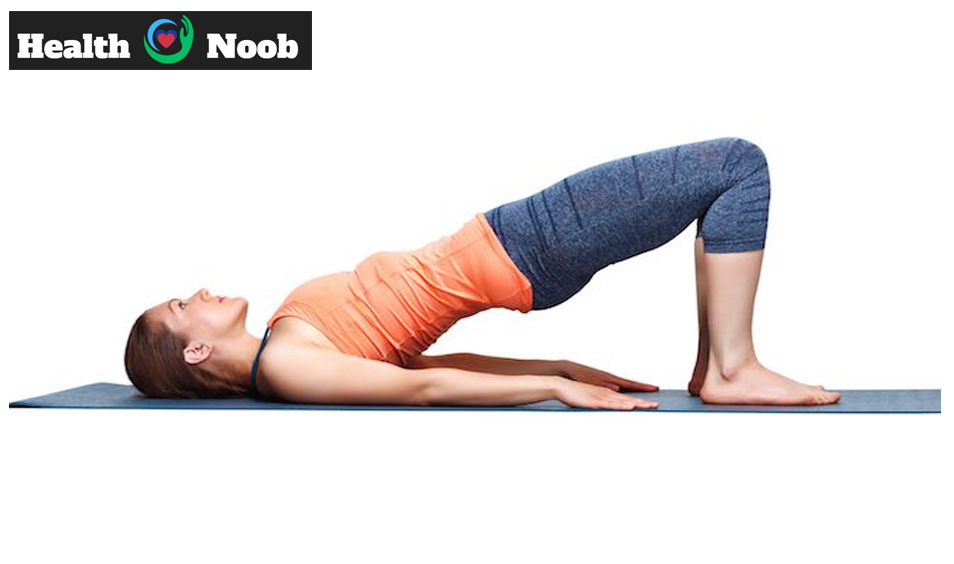
Bridges are great for lower back pain. This workout requires lying on your back with your knees bent and feet hip-width apart. Create a straight line from shoulders to knees by engaging your core and lifting your hips. Hold for a few seconds before slowly lowering your hips. Bridges strengthen your lower back, buttocks, and thighs, reducing spine strain and improving stability. You can improve your lower back health and lessen pain by doing bridges a few times a week. Remember to use the appropriate form and consult a doctor before adding new activities to your program. Do 10 repetitions on each side.
2. Hunting dog
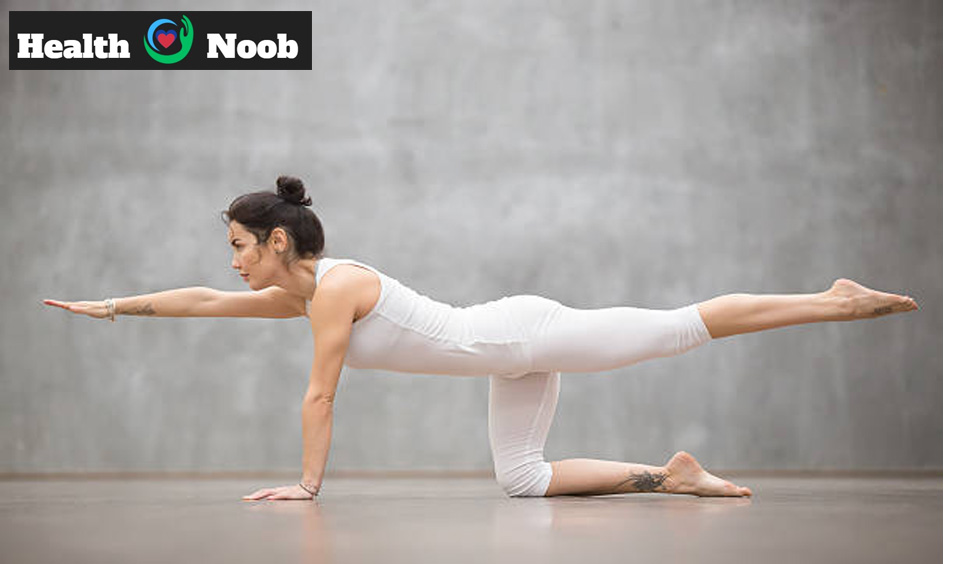
Try the “hunting dog” exercise for lower back pain. Start on hands and knees with a straight back. Slowly push one leg behind you and lift the other arm straight front. After a few seconds, return to the beginning location and switch sides. This exercise strengthens and stabilizes your lower back, abdomen, and hips. Adding the hunting dog exercise to your program will reduce lower back stress and increase flexibility. To enhance effectiveness and limit harm, move gently and carefully. Always see a doctor before starting a new workout regimen, especially if you have back problems. Do 10 repetitions on each side.
3. Cat and camel
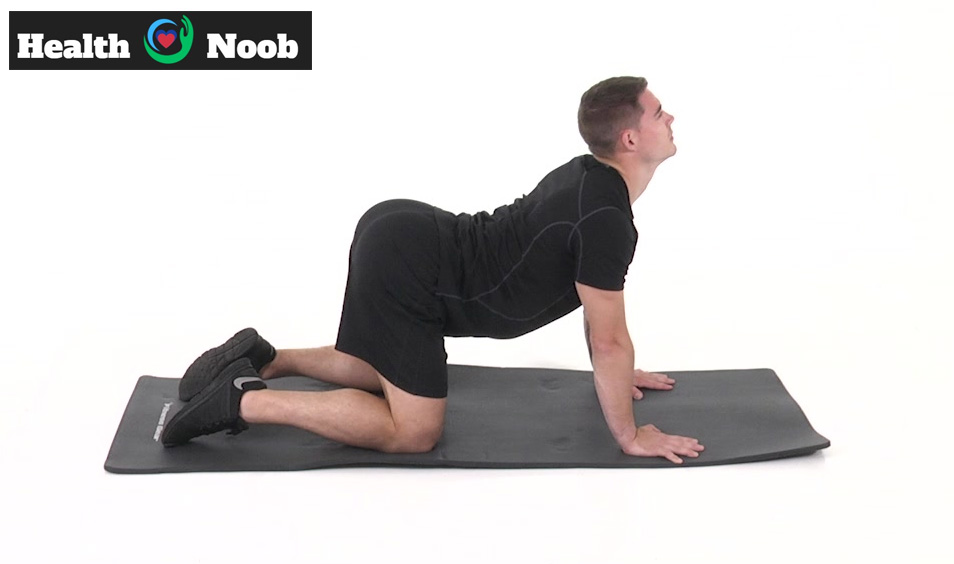
Put your hands on the floor just below your shoulders and your knees right below your hips to start. She slowly curves her back up toward the sky while bringing her chin to her chest. Stay in this pose for a few seconds, then slowly move your shoulders away from your ears, relax your back, and arch it a little while looking up. Return to the beginning spot. Do 10 repetitions on each side.
4. Child’s Pose

Try Child’s Pose for a relaxing lower back stretch. Starting kneeling, slowly lower your hips to your heels while reaching your arms out in front of you. Rest your forehead on the ground and breathe deeply to stretch and relax your back. Child’s Pose relieves lower back, hip, and thigh tension, improving flexibility and comfort. A simple workout plan can relieve stiffness and improve posture. Listen to your body and adapt the stance for comfort. Consult a doctor before any workout, especially if you have back problems.
5. Stretch from both knees to chest

You should be on your back with your feet flat on the floor and your legs bent. Straighten your legs, hug your knees together, and then lift your feet off the ground. Keep your back flat on the floor for 20 to 30 seconds while you stay in this pose. Rest. Perform this stretch several times.
Bring one knee to your chest at a time for a less difficult stretch that works the same muscles. Wrap a towel or small strap around your knee and pull it toward you if you can’t fully raise it.
6. Lower back rotation stretch
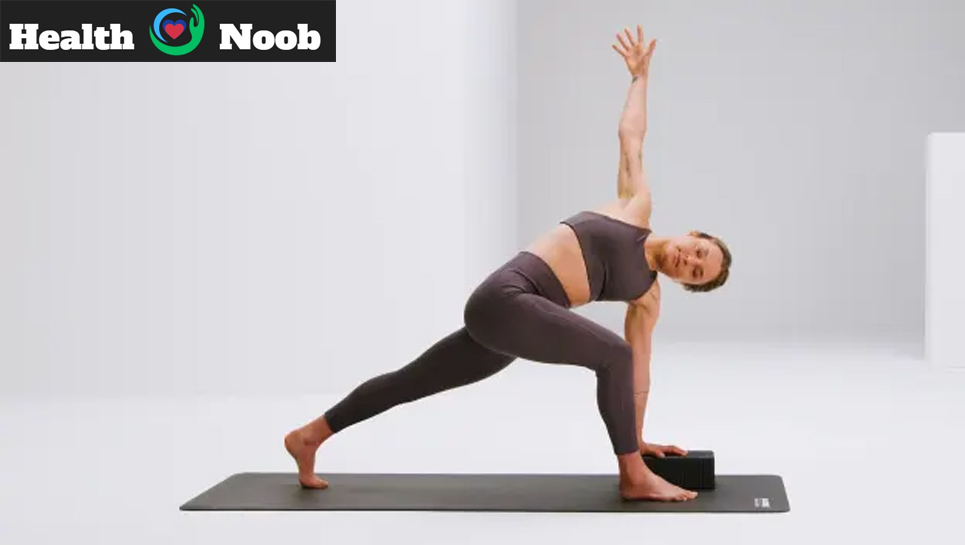
Lay on your back with your feet flat on the floor and your knees bent. Stretch your legs out straight, knees together, and slowly turn them to the right side of your body. Take a five-second break, and then slowly move your knees back to where they started. Then, slowly move your knees to the left side of your body. Take a five-second break, and then go back to the starting position. Do this several times on each side.
If you want to make changes, try bringing your knees about halfway to the floor instead of down.
Why Is Exercise Beneficial When Experiencing Back Pain?
For people with back pain, working out daily is very helpful. Inflammation can go down, strength and flexibility can go up, and general health can get better. Also, exercise brings more blood to the area that needs it, which feeds and heals damaged cells.
Exercise can help you deal with back pain and can also be used to stop it from happening in the first place. Being active regularly makes muscles in the core and other places stronger and supports the spine. This makes these areas less likely to get hurt or strained.
Strengthening routines can also lower the risk of getting chronic lower back pain from postural muscles that get weak from standing or sitting for long periods. You should also do stretching routines because they help keep your muscles flexible, which improves your range of motion and posture.
Lastly, aerobic exercise has been shown to help people with chronic back pain a lot because it can lower stress and make people feel better mentally in general.
How to prevent back pain
Some kinds of back pain that comes back can be avoided. Ten things you can do to keep your back healthy:
- To keep your muscles strong and flexible, work out often.
- Stay at a good weight.
- Don’t skip meals, and make sure you get enough calcium, iron, and vitamin D.
- At work and home, use furniture and tools that are made to be easy on the body.
- If you have to sit at work for a long time, get up and move around a lot. Get up and walk around the office or stretch every so often to loosen up your muscles.
- Comfortable shoes with low heels are best.
- Make sure you sleep on something hard. If you sleep on your side in the fetal position, your back may feel better.
- Do not try to lift big things.
- If you want to lift something, bend your knees and don’t twist. Hold your stomach muscles tight but don’t lift your head. Your back should be straight and your head should be in line with your back.
- Don’t smoke. Blood flow to the lower spine is cut off when you smoke, which makes spinal discs wear out faster. Smoking also makes healing harder.
Final Verdict – 6 exercises for lower back pain
Overall, these six exercises are basic but useful for lower back pain. By practicing them regularly, you can strengthen spine-supporting muscles, increase flexibility, and minimize pain. These exercises improve lower back health proactively, whether you have occasional twinges or persistent pain. Start cautiously, listen to your body, and increase intensity as you gain strength and confidence. Keep the appropriate form and consult a doctor if you have any worries or medical issues. You can control your lower back health and live an active, pain-free life with focus and determination.
Read More: 10 exercises to lose weight and how many calories they burn














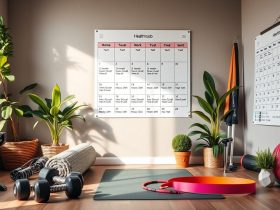
Leave a Reply